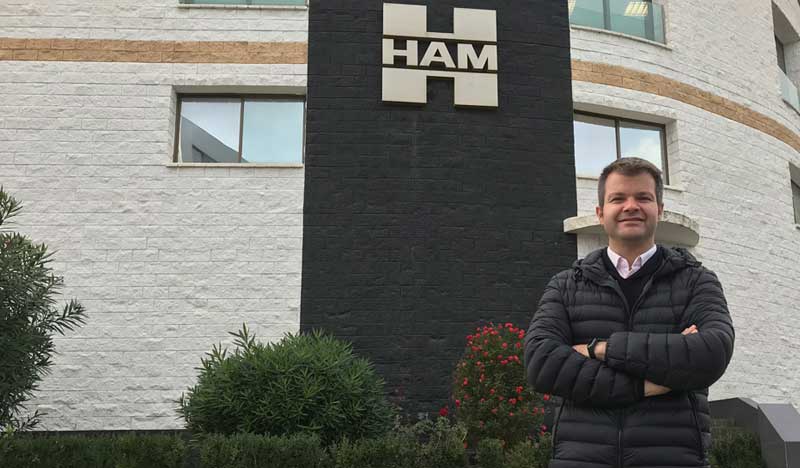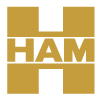
Embracing the high demand:
Q: HAM has been involved in the gas market for more than 10 years, where do you think the vehicular gas market is going? Is it evolving at the rate you thought it would?
Vehicular has been growing very fast during the last few years, thanks to the market introduction of new truck models powered with LNG, and LNG refueling stations. At HAM we sell and transport LNG, as well as construct and operate LNG vehicular facilities. Before January we were selling around 1 million kg/month in our own stations but from June we have been selling around 2.5 million kg/month, so the market is definitely expanding.
Today we have around 60 trucks running day and night in double turn to supply all of our customers because there is a huge demand. As well, we have around 40 LNG stations. There are a lot of trucks in Spain so if only 5% work in LNG, it is already a lot. More supply comes through pipes (not liquified) or vessels (LNG) and they go into cryogenic trucks to supply LNG stations. Liquifying from pipeline gas is prohibitively expensive for us.
Q: Do you think the new Eu ropean regulation on heavy-duty vehicle emissions is supporting or hindering the development of the vehicular LNG market?
I think it is supporting it. Further reduction of CO2 emissions is challenging. However, PM (particle pollution) is almost zero and NOx as well. As for alternatives, Electric and Hydrogen for heavy-duty trucks are not ready today. We had (past) grants from the EC to develop the market through other projects similar to COLHD, like Chameleon – which studies the LNG powered freight market on the Mediterranean Corridor between Barcelona and Slovenia. We also have Spanish Grants for the development of mobile stations in Spain in order to establish corredors.
Q: Which type of clients are demanding cleaner fleets?
Our main clients are retail customers – big consumer products distribution companies. As a transportation company, if you want to continue working for these clients, you need to offer cleaner fleets. Another approach taken by some companies is to use grants to introduce LNG trucks, as there are a lot of handicaps to change fleets to LNG – like not enough LNG stations. We only know one company using electric trucks but they don’t cover long distances.
Q: Where would you like to see your company in 5 years? Where would you like to expand to and how is your engagement in COLHD contributing to this vision?
We want to be present in France and Northern Europe (Belgium, NL, Germany) and the COLHD project represents an excellent platform to help achieve this objective. We are working with big companies in France and have some small facilities in Belgium, Germany and the Netherlands, but we hope to expand these in the next few years. We are also developing the market in South America (Chile, Peru, Argentina). In Chile, we have a factory repairing LNG road trucks. In Peru we operate the same business in Spain (selling and transporting LNG).
Q: Do you have any additional insights?
As well as the road sector, we work with marine applications. Their consumption is much bigger than trucks and changes are happening fast. In the future we expect LNG shortage to refill all vessels. In turn, this could affect global prices, for road and household applications.
